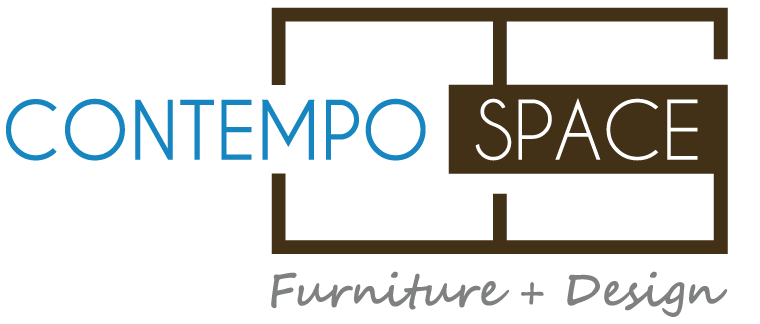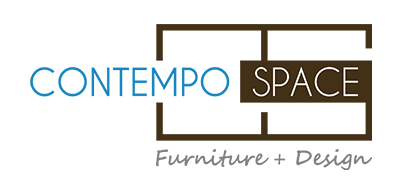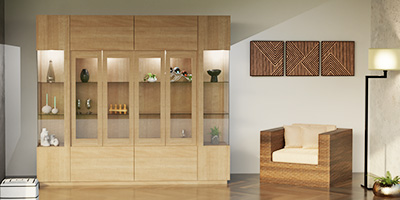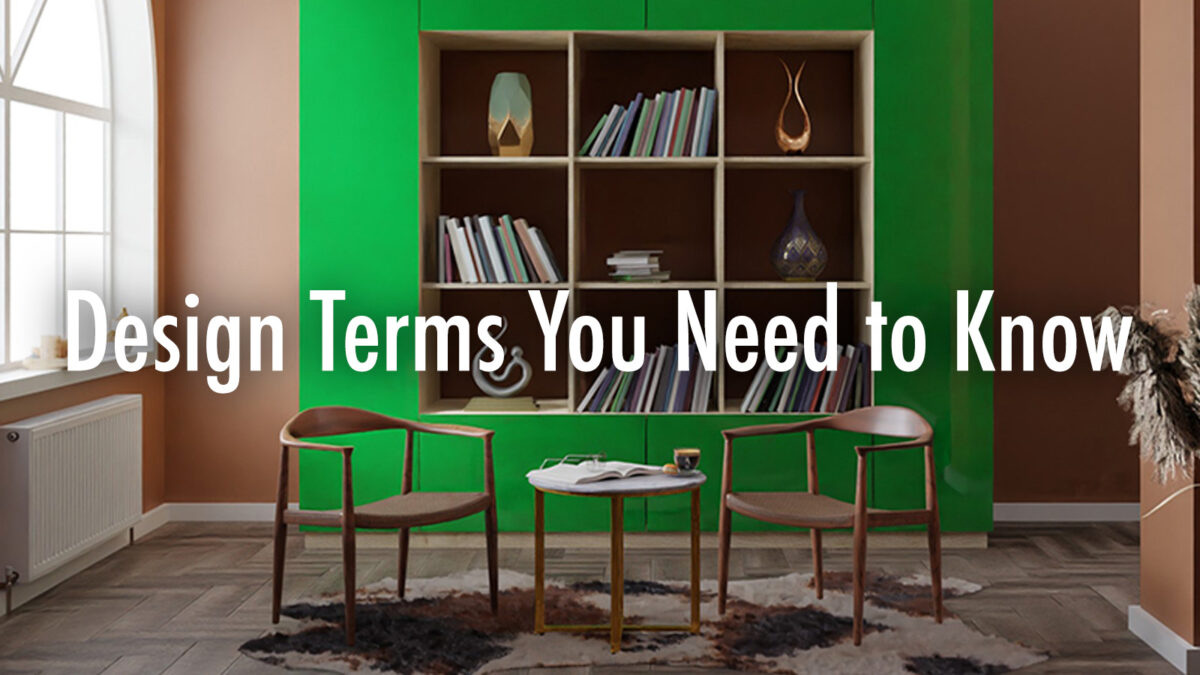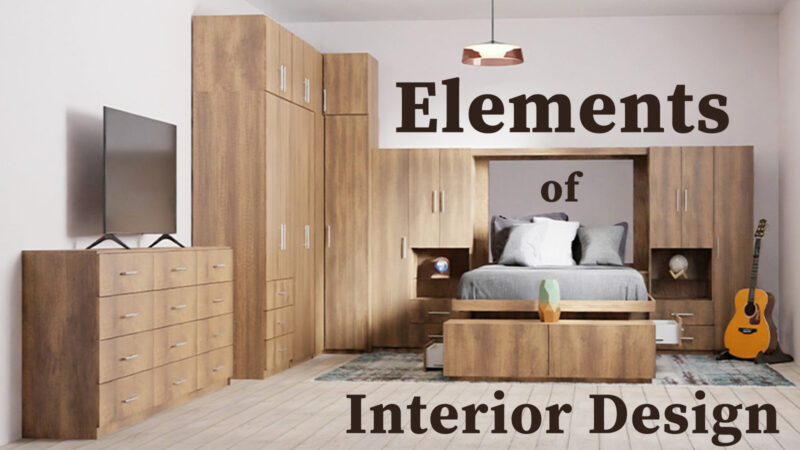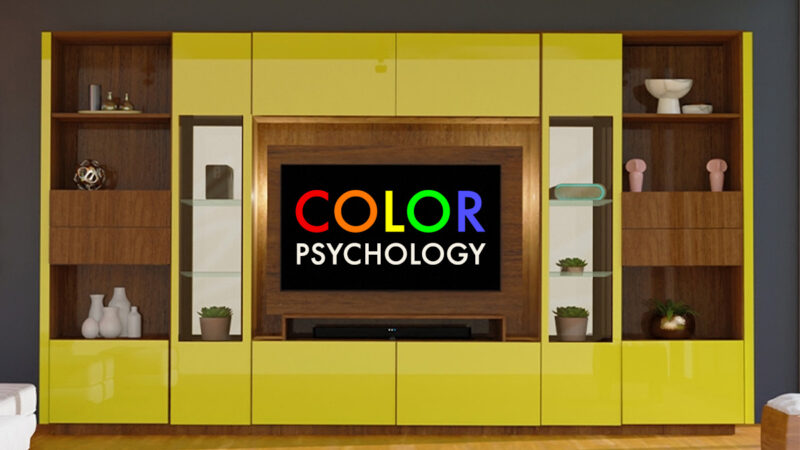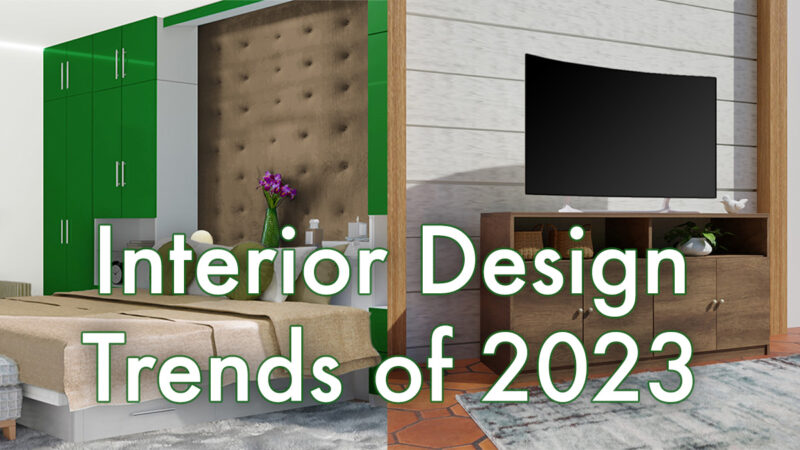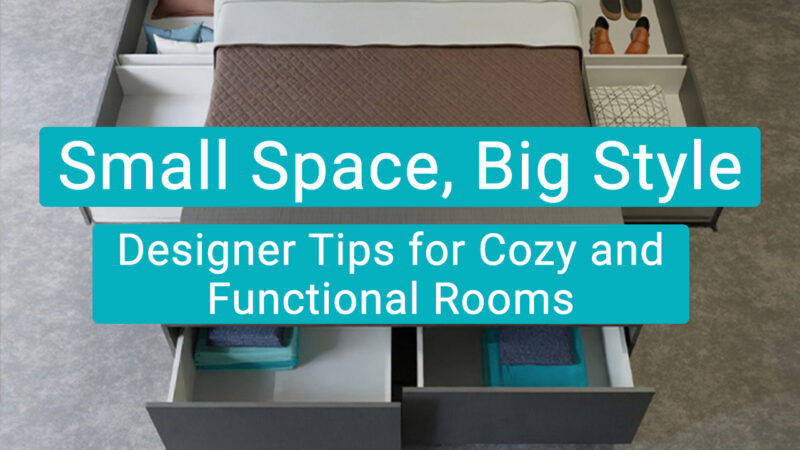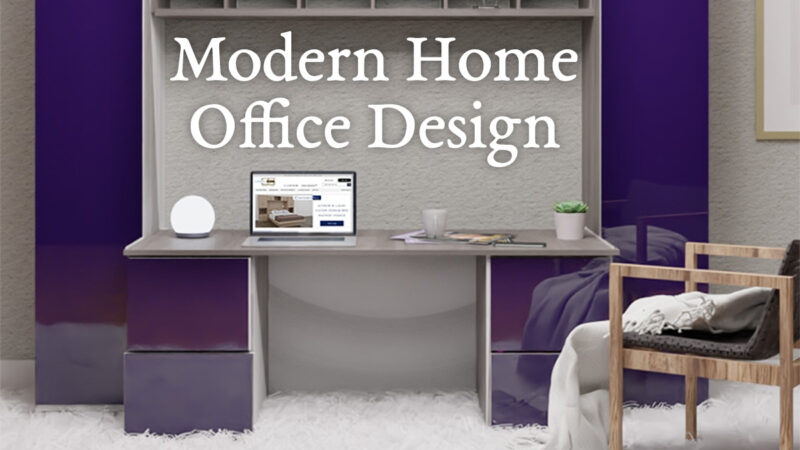Like any other form of art, interior design has its own terminology that helps professionals and enthusiasts communicate ideas and visions effectively and is also helpful for basic understanding of the craft. This article aims to demystify the world of interior design by explaining essential terms that will enhance your understanding and empower you to make decisions that reflect your personal style and needs. From 'balance' to 'zoning,' each term is a piece of the puzzle in creating a harmonious, functional, and aesthetically pleasing space.
Balance
In interior design, balance is the art of creating visual harmony by evenly distributing elements within a space. It ensures that no single part of the room overpowers another, creating a sense of equilibrium. Balance can be symmetrical, where elements on one side of the room mirror those on the other, or asymmetrical, where different objects create a visually balanced composition.
To achieve balance, consider the placement, size, and color of objects. For example, a large piece of furniture, such as a wardrobe, can be balanced by a group of smaller items on the opposite side. This principle helps in creating a space that feels cohesive and inviting.
Focal Point
A focal point is an element in a room that immediately captures attention. It's the centerpiece that anchors the room's design and guides the arrangement of other items. Common focal points include artwork, a significant piece of furniture, or a distinctive architectural feature.
When designing a room, it’s crucial to choose your focal point and arrange other elements to complement it. For instance, a vibrant entertainment center could serve as a focal point, strategically placing seating and décor to enhance its impact.
Contrast
Contrast in interior design is about creating visual interest through the use of opposing elements. This could mean juxtaposing light and dark colors, mixing smooth and textured surfaces, or combining modern and traditional styles. Contrast adds depth and dynamism to a space, making it more engaging and visually appealing.
However, it’s important to balance contrasts to ensure the space remains harmonious. Using Contempo Space furniture, you can create tasteful contrasts, like pairing a dark-colored bookcase with a light wall or setting a minimalist TV stand against a plush, textured rug.
Scale and Proportion
Scale and proportion are crucial in interior design, focusing on the size relationship of objects within a space. Scale refers to the size of an object compared to the room, while proportion refers to the relation of elements. Getting these right is key to creating a balanced and comfortable room.
To master scale and proportion, consider the size of furniture in relation to the room and other pieces. For example, a large sectional sofa from Contempo Space might suit a spacious living room, but a smaller, sleek sofa or loveseat could be more appropriate for a compact space. Similarly, proportion ensures that furniture and decor pieces look like they belong together, creating a cohesive look.
Color Palette
A color palette sets the tone of a room and is central to creating a specific mood or style. It involves choosing a combination of colors that work well together and reflect the desired ambiance. Whether it’s a calming, neutral scheme or a vibrant, contrasting one, the color palette ties all elements of a room together.
Selecting a color palette involves considering factors like the room’s size, lighting, and function. For instance, lighter colors can make a small room feel larger and brighter. Contempo Space’s range of furniture, available in various hues, can complement your chosen color scheme.
Texture
Texture in interior design refers to the feel or appearance of a surface. It can add depth and interest to a room, influencing how the space feels both visually and physically. Textures range from smooth and sleek to rough and plush, each bringing its own character to the room.
Incorporating different textures can be done through furnishings, fabrics, and finishes. A leather sofa, a velvety rug, or a glossy Contempo Space wall unit can each add a unique touch. Layering multiple textures creates a rich, inviting atmosphere, making the space more dynamic and visually interesting.
Rhythm
Rhythm in interior design is about creating a visual flow that guides the eye through the room. It's achieved by repeating or alternating design elements like patterns, colors, or textures. This concept helps to create a sense of movement and cohesiveness in a space.
To establish rhythm, consider repeating a color, pattern, or texture at intervals. For instance, a recurring color in cushions, artwork, and rugs can create a rhythm that ties the room together. Contempo Space’s diverse range of furniture and finishes can play a key role in forming this visual continuity.
Harmony
Harmony is the art of blending various design elements to form a cohesive and pleasing whole. It’s achieved when all parts of a room work together in unity, creating a well-rounded and balanced space. Harmony is essential for a room to feel complete and welcoming.
Creating harmony involves a careful mix of color, style, and texture that complements rather than competes. For example, pairing Contempo Space furniture with similar wood tones or coordinating fabric textures can unify a room, bringing together various elements into a harmonious design.
Accent
Accents in interior design are elements that stand out and add character to a space. These could be bold pieces of art, colorful cushions, or unique decorative items. Accents are powerful tools for injecting personality and interest into a room, breaking up monotony.
When choosing accents, it’s important to ensure they complement the overall design theme. A striking Contempo Space accent piece, like a colored glass or mirrored sideboard, can serve as a focal point, adding a splash of style without overwhelming the space.
Negative Space
Negative space, often overlooked, is quite important. It refers to the areas of a room that are not filled with objects, which includes spaces between furniture and décor. Proper use of negative space prevents clutter, allowing the room to breathe and enabling design elements to stand out.
To effectively utilize negative space, avoid over-furnishing. Allow for open areas that can help highlight key pieces. This approach contributes to a balanced and more visually appealing space.
Unity
Unity in interior design is about creating a sense of cohesiveness where all elements in a space work together harmoniously. It involves integrating colors, styles, and textures in a way that they feel part of a unified whole. Unity ensures that the room does not feel disjointed or chaotic.
Sight Lines
Sight lines are the visual pathways that affect how we perceive space. They guide the eye through a room and can be used to highlight architectural features, artwork, or key pieces of furniture. Effective sight lines create a sense of depth and openness, making spaces appear larger and more connected.
Flow
Flow refers to the seamless movement between different areas or rooms in a space. It's about creating a natural progression that feels intuitive and comfortable. Achieving a good flow can make a home feel more spacious, organized, and connected.
To create flow, consider the layout and how one space transitions to another. Use consistent design elements, like color or flooring, to guide the eye and movement through the space.
Ambiance
Ambiance is a space's overall feel or mood, greatly influenced by design choices. It encompasses elements like lighting, color, texture, and arrangement. The right ambiance makes a room visually appealing and emotionally resonant.
To craft a specific ambiance, focus on natural and artificial lighting, as it sets the tone of the room. Color schemes and textures also play a significant role. For instance, warm colors and soft textures create a cozy, welcoming feel. Contempo Space’s lighting options and textured finishes can be instrumental in defining the desired ambiance for any room.
Spatial Planning
Spatial planning is the strategic arrangement of furniture and décor to maximize both aesthetics and functionality. Consider how a space will be used and ensure there's a logical, comfortable flow. Good spatial planning can make a room more practical and enjoyable to use.
Layering
Layering is the technique of combining various elements, such as textures, colors, patterns, and materials, to create depth and interest. It involves strategically placing different elements to build a rich, dynamic space that appeals to the senses.
To effectively layer, start with a base (like a neutral-colored wall or flooring) and add elements in stages—rugs, furniture, cushions, artwork, and lighting. Each layer should complement the others, not overwhelm them.
Symmetry and Asymmetry
Symmetry and asymmetry are design approaches that can dramatically affect the feel of a space. Symmetry creates balance and formality through mirrored design elements, while asymmetry offers a more dynamic, relaxed feel. Both can be used effectively to create visually pleasing environments.
Incorporate symmetry with paired furnishings or balanced arrangements, ideal for formal spaces like dining rooms. Conversely, asymmetry can be achieved with varied furniture sizes and placements suitable for casual, lively areas. Contempo Space’s collections provide options for both symmetric and asymmetric designs, catering to diverse aesthetic preferences.
Lighting
Lighting is a vital element in interior design, impacting a space's functionality and ambiance. It includes natural light from windows and artificial light from fixtures. Effective lighting can transform the mood of a room and highlight key design elements.
Consider the purpose of each room and choose lighting accordingly—bright for workspaces, soft for living areas. Layer different types of lighting (ambient, task, and accent) for versatility.
Note that vertical and horizontal LED lighting can be added to most Contempo Space furniture as a custom option.
Pattern
Pattern in interior design refers to the repeated decorative design on surfaces like fabrics, wallpapers, and tiles. Patterns add visual interest and dimension to a room, ranging from subtle, monochromatic schemes to bold, contrasting designs. They play a significant role in setting the room's tone and personality.
When incorporating patterns, it's important to consider scale and balance. Large patterns can make a bold statement in spacious rooms, while smaller patterns suit more intimate spaces. Mixing different patterns can be effective, but they should be unified by a common color or theme.
Zoning
Zoning is particularly relevant in open-plan spaces, where it's used to define different areas for specific purposes, such as dining, lounging, or working. Effective zoning helps organize the space and make it more functional, without physical barriers.
To create zones, use furniture arrangements, area rugs, or changes in flooring or lighting. Strategic placement of furniture and décor can delineate different zones while keeping the overall space cohesive. You could even add a room divider to both delineate sections of your home and add convenient storage.
